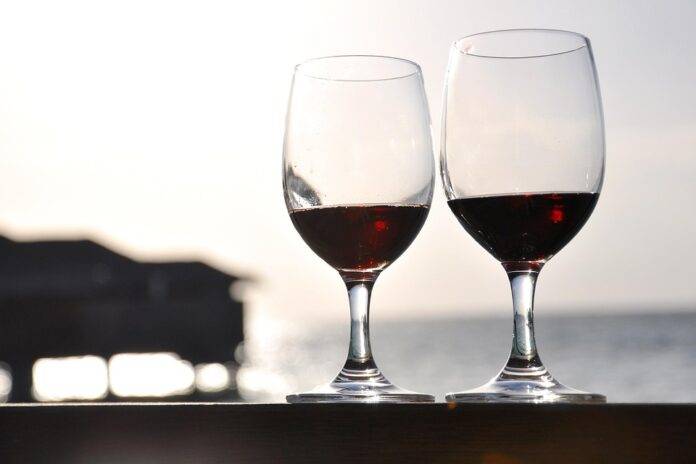Introduction
Champagne is a beloved sparkling wine that is celebrated for its complexity, finesse, and elegance. One of the key factors that contribute to the unique characteristics of Champagne is the process of lees aging. Lees aging refers to the practice of allowing the wine to rest on its lees, or yeast sediment, after the completion of the secondary fermentation. This process can significantly enhance the mouthfeel and complexity of Champagne, making it a highly sought-after style of wine. In this report, we will explore why lees aging is crucial in the production of Champagne and how it impacts the final product.
Enhanced Mouthfeel Through Lees Aging
What are lees?
Lees are the dead yeast cells that remain in the wine after fermentation. These lees contain proteins, polysaccharides, and other compounds that can contribute to the texture and mouthfeel of the wine. When Champagne is aged on its lees, these compounds are slowly released into the wine, creating a creamy, velvety texture that is highly prized by wine enthusiasts.
Autolysis process
During lees aging, the process of autolysis takes place, where the yeast cells break down and release their components into the wine. This process can take several months to several years, depending on the desired style of Champagne. As the yeast cells decompose, they release compounds such as mannoproteins and polysaccharides, which contribute to the roundness and richness of the wine’s mouthfeel.
Impact on acidity and carbonation
Lees aging can also have a significant impact on the acidity and carbonation of Champagne. The compounds released during autolysis can help to soften the acidity of the wine, creating a more balanced and harmonious flavor profile. Additionally, the presence of lees can enhance the effervescence of Champagne, creating finer bubbles and a more persistent mousse.
Complexity Through Lees Aging
Development of aromas and flavors
Lees aging is not only crucial for enhancing the mouthfeel of Champagne but also for developing complex aromas and flavors. The compounds released during autolysis can contribute to a wide range of aromas, including brioche, toast, nuts, and yeast. These secondary aromas add depth and complexity to the wine, making it more intriguing and enjoyable to drink.
Integration of fruit characteristics
In addition to developing secondary aromas, lees aging can also help to integrate the primary fruit characteristics of the Champagne. The compounds released during autolysis can interact with the fruit flavors in the wine, creating a seamless blend of primary and secondary aromas. This integration adds layers of complexity to the wine, making it more nuanced and multi-dimensional.
Length of aging and complexity
The length of time that Champagne spends on its lees can have a significant impact on the complexity of the final product. Longer aging periods allow for more compounds to be released into the wine, resulting in a greater depth of flavor and aroma. Champagne that has been aged for several years on its lees is often revered for its complexity and sophistication.
Industry Insights
Major Champagne houses
Some of the most renowned Champagne houses in the world, such as Moët & Chandon, Veuve Clicquot, and Dom Pérignon, are known for their expertise in lees aging. These houses have perfected the art of aging Champagne on its lees, creating wines that are consistently praised for their mouthfeel and complexity. The dedication to quality and tradition displayed by these houses has helped to elevate Champagne to its status as a luxury product.
Financial data
The Champagne industry is a lucrative market, with global sales reaching billions of dollars each year. In 2020, the global Champagne market was valued at over $18 billion, with steady growth projected in the coming years. Champagne houses that excel in lees aging often command premium prices for their products, reflecting the added value that this process brings to the final wine.
Trends and innovations
In recent years, there has been a growing trend towards vintage Champagnes that have been aged on their lees for extended periods. Consumers are increasingly seeking out wines with greater complexity and character, driving demand for aged Champagnes that showcase the effects of lees aging. Champagne houses are responding to this trend by experimenting with longer aging times and innovative techniques to create wines that stand out in a competitive market.
Conclusion
Lees aging plays a crucial role in enhancing the mouthfeel and complexity of Champagne, making it a truly unique and special wine. By allowing Champagne to rest on its lees, producers can create wines that are rich, creamy, and full of character. The compounds released during autolysis add depth and nuance to the wine, elevating it to a level of sophistication that is unmatched by other sparkling wines. As the Champagne industry continues to evolve and innovate, lees aging will remain a key technique for producing wines of exceptional quality and distinction.

